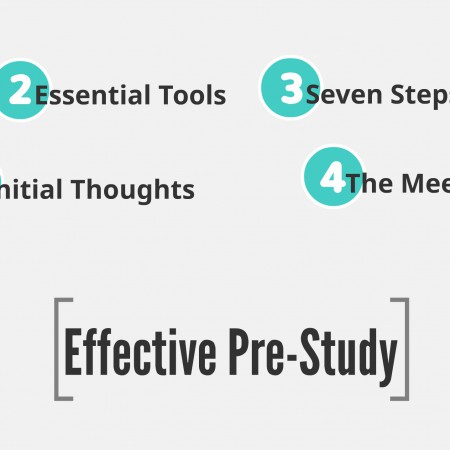Four Steps to Effective Bible Study
Recently, we held a Bible Study Kick-off evening on September 17th for the members of the church. The goal was to introduce all the different Bible Study options to the congregation and to encourage them to find one and commit to it. As an added bonus, our pastor, Rev. Vermeulen delivered a comprehensive presentation on Effective Bible Study. Here is some of what we learned:
1. Initial Thoughts
Bible study takes time, no doubt about it. But it’s time well spent and it comes with huge benefits in your daily walk and your spiritual growth as a Christian. To put this into perspective, a look at a few verses from Psalm 119 shows how one of God’s people meditated on his Words often:
Psalm 119:15 – “I will meditate on your precepts and consider your ways.”
Psalm 119:23 – “Though rulers sit together and slander me, your servant will meditate on your decrees.”
Psalm 119:148 – “My eyes stay open through the watches of the night, that I may meditate on your promises.”
2. Essential Tools
We briefly reviewed some the tools that are essential. The obvious need is a Study Bible, but a plain text Bible that lets you read the Bible without any distracting footnotes can be handy too. Both are helpful at different stages of Bible study. Other tools were commentaries, concordances, a variety of online tools (more on that below) and a plain old paper and pen to write down your thoughts and questions.
3. Seven Steps
Thorough, deliberate Bible study can be broken down into seven steps that will lead you to really dig into the text.
Pray
Though it may seem obvious, do we always pray before we start? Proverbs 2:3-5 urges us to call out to God for insight and understanding. Beginning this was just makes sense.
Background Study
Most study Bibles provide an introduction for each book. These include information about who the author was, the purpose of the book, and a description of the intended audience. Before kicking off on studying a new book, it’s helpful to familiarize with some of the background info found right in your study Bible.
Read/Context
Now it’s time to dig into the text. But wait! It’s also helpful to read the entire book you’re studying, in as few sittings as possible. Don’t worry about footnotes and understanding everything perfectly at this point. Read it straight through in large chunks to get a sense of the themes and big picture. Then, read the passage you hope to study again, with a bit of the surrounding text. Note your main thoughts after the large readings, and again after the specific passage.
Read/Study
Now, read it once more and consider the flow of the narrative or argument. Begin comparing Scripture with Scripture, looking for key words and phrases that are used similarly elsewhere in the Bible. How does that change your understanding of the text? At this point, consider comparing translations. Some versions are known for being more literal than others and this may help you see it another way. Then, take some of those words and phrases and look them up in your concordance. A good online tool here is https://www.blueletterbible.org/. As you study, ask questions of the text like:
- Why this word?
- Why is it stated this way?
- How does this verse (these verses) contribute to the whole?
- Note your unanswered questions
Meditate
Once again, read the text to answer questions like: What does this passage reveal about God? Jesus Christ? Us? Major themes of Scripture? Think deeply and hard, meditating on these ideas.
Commentaries
Many of us read the text we’re supposed to study and then reach for the commentary. While not a terrible thing to do, you’ll see now that there is a lot we can do before. After the previous steps, now is a good time – towards the end of your study!! Here, instead of just taking their word for it, you can compare your findings with the commentators. Do you agree with them? Why or why not? Maybe the comparison brings up new questions and ‘nuggets’ you’ve missed. Write those things down and remember:Â
- Read thoughtfully – keep an open mind, but don’t believe everything automatically
- Use Discretion – these are human opinions, however scholarly – test them!
- Know the author’s background – understand the differences between Christians and how they read the Bible
Application
Another tendency is to read the text and then jump to applying it to our lives. Ultimately, yes, we want to end up here, but understanding how the text fits into the story of the Bible will help you apply it so much more accurately and thoroughly. Jumping to application can often mislead or confuse us. Don’t rush here. When you do get to application, you’ll want to consider:
- How am I addressed? My head? Heart? Life?
- What does this passage have to say to the church?
- Is there a message here that we can take to others.
4. The Meeting
Now that you’ve spent significant time preparing for the meeting, you’ll enjoy some lively discussion. Especially if others have done the same preparation! Take along your notes and unanswered questions and share your discoveries. Use them as discussion starters, and bring along your tools.Â
Click here to download the presentation as a PDF.
Some Good Sources:
Inter League Publication Board
Premier Publishing
Inheritance Publications
GoDutch.com
Reformed Book Services
Heritage Books
Westminster Bookstore
BlueLetterBible.org
ESV Reader’s Bible

